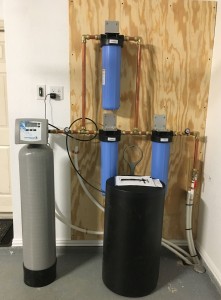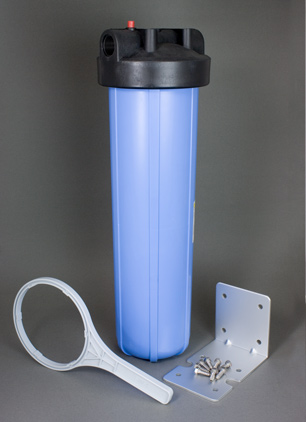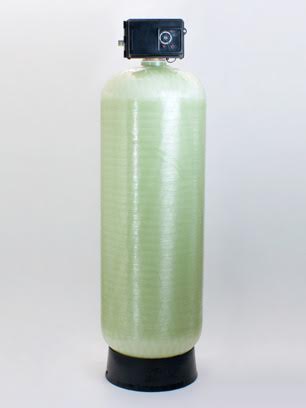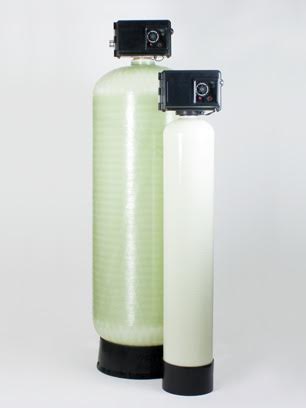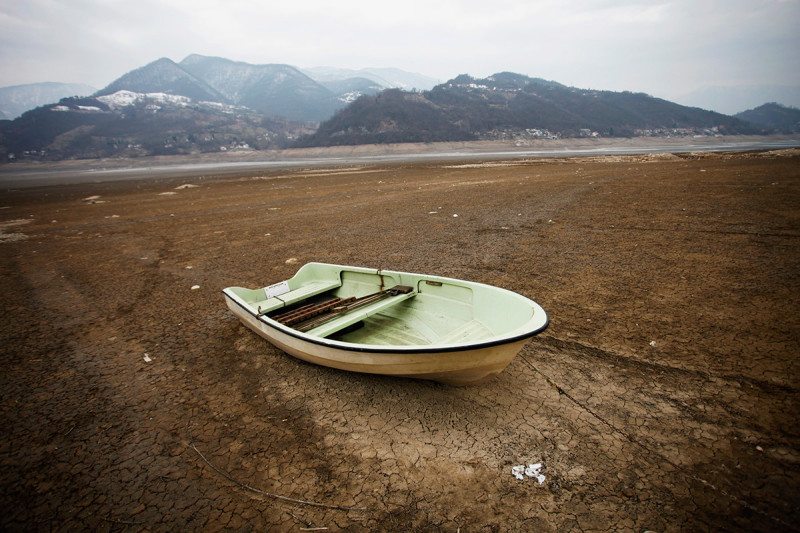Lakes are getting dangerously salty, and it’s our fault
by Mary Beth Griggs
Salt. You might be happy to have it in your pasta water and your oceans, but in your friendly neighborhood freshwater lake, it’s an unwelcome intruder.
Unfortunately, salt is butting into lakes more and more frequently as humans move closer and closer to lakes, pouring increasing amounts of salt on the roads in the winter. In a study published Monday in PNAS, researchers looked at 371 lakes scattered across the northern United States and southern Canada from Minnesota and Michigan to Maine and Ontario, an area known as the North American Lakes Region.
The researchers scoured public records to find relatively large lakes (covering about 10 acres) with 10 years worth of data about the water body’s chloride levels. Then they looked at the area surrounding the lake to see how many roads were nearby. If even one percent of the land surface within a buffer zone extending 1,640 feet from the lakeshore was paved, then the lake was extremely likely to have rising salinity levels.
“Lakes are really good at showing long term environmental change,” says lead study author Hilary Dugan. Unlike rivers, which tend to show salt contamination in steep spikes, lakes show a steady change over time.
Many kinds of salt used on roads are chemically similar to table salt—NaCL—or sodium chloride. The presence of salt messes with water’s ability to freeze into a slippery, icy layer on the roads in winter. But when the weather warms, all that salt gets washed off the impervious road surfaces, sidewalks, and parking lots. It ends up accumulating in the soil, and eventually getting washed out by rain and snowmelt into surface waters like lakes and streams as sodium and chloride components.
Just like having too much salt is bad for you, too much chloride can be bad for the environment. It can kill off plants, and make waters less hospitable for native plants and algae.
Salt becomes noticeable in drinking water at about 300 milligrams per liter, or one teaspoon of salt in five gallons of water, says Dugan. That’s when you start tasting the difference, and it’s around that concentration that salt starts to put stress on freshwater plants and animals, which have adapted to live in extremely fresh water.
Road salt impacts the environment in other ways as well. While on the road, it can attract salt-loving animals like deer, increasing the possibility of both roadkill and traffic accidents.
Chloride can also make water more corrosive. In Flint, Michigan, researchers found that the chloride from road salt made the water in the Flint River so corrosive that when the city switched water sources, the water ate away at the lead pipes, creating the ongoing water crisis.
But there is still hope.
“The good news is that we can always improve water quality,” Dugan says. Unlike phosphorus or other pollutants that can lurk in sediments in a lakebed for long periods of time, chlorides stay in the water column, and can gradually be flushed out of a lake as new water enters the lake. “If you improve the water going into a lake you have the potential to freshen the lake,” Dugan says.
Daunted by the rising price of salt, governments have already started to adopt more conservative salt-use measures, only using the amount necessary to ensure public safety. But homeowners can help cut back too. A single 12 oz coffee cup is all you need to salt a 20-foot length of driveway. Dugan also recommends only salting at temperatures that you know will be effective. Below 15 degrees Fahrenheit, dry salt on a surface is useless, and won’t prevent ice from forming.
Dugan says that while this is the largest study of its kind—analyzing salinity levels in lakes across a broad region—there are still plenty of questions to answer, including what happens over time as conservation measures are put in place, and people start using less salt.
We started sprinkling salt on the roads back in the 1940’s and have kept at it ever since. That’s tons of salt lurking in the environment, in soils and other surfaces. Even if we start making changes to how we handle winter weather, it will take awhile to get all that salt out of our systems.
Source: Popular Science.




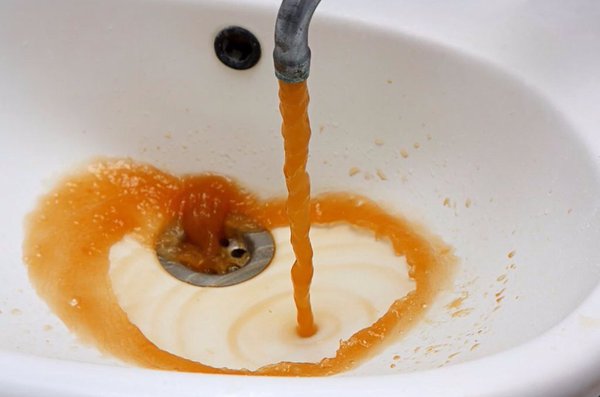


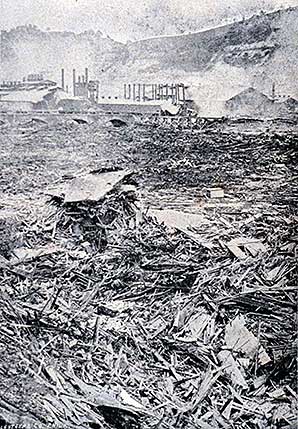

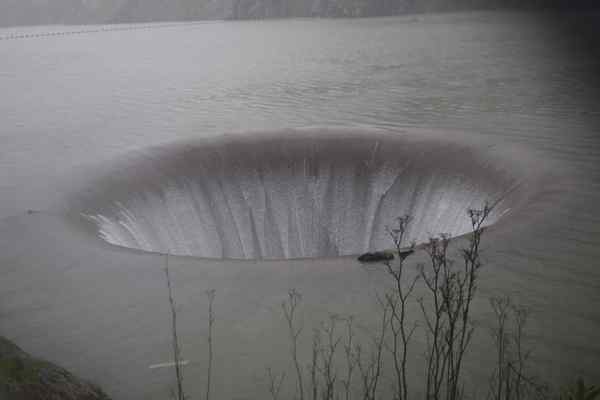
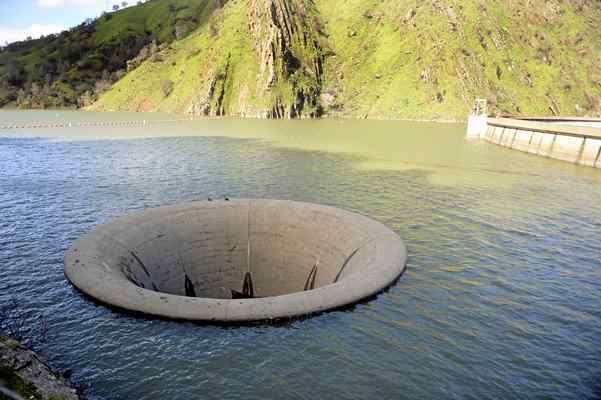

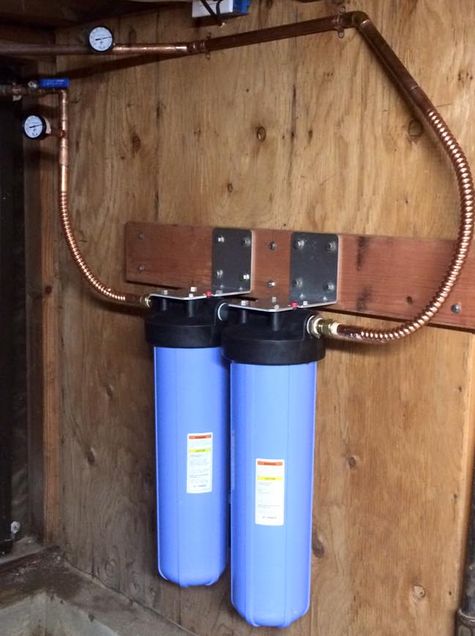
![wholehousesplitcropped1[1]](http://www.purewatergazette.net/blog/wp-content/uploads/2017/03/wholehousesplitcropped11.jpg)
